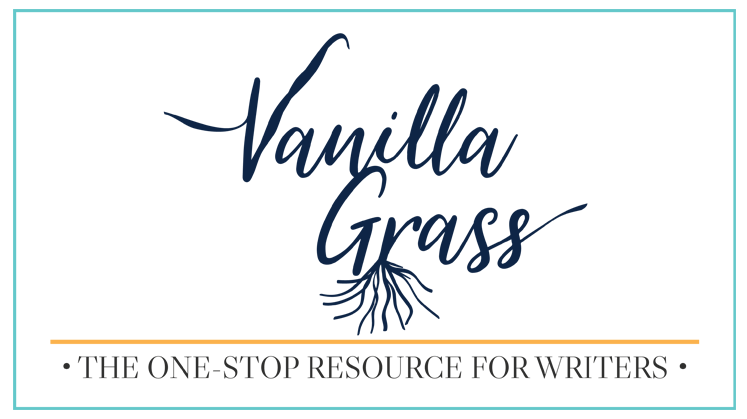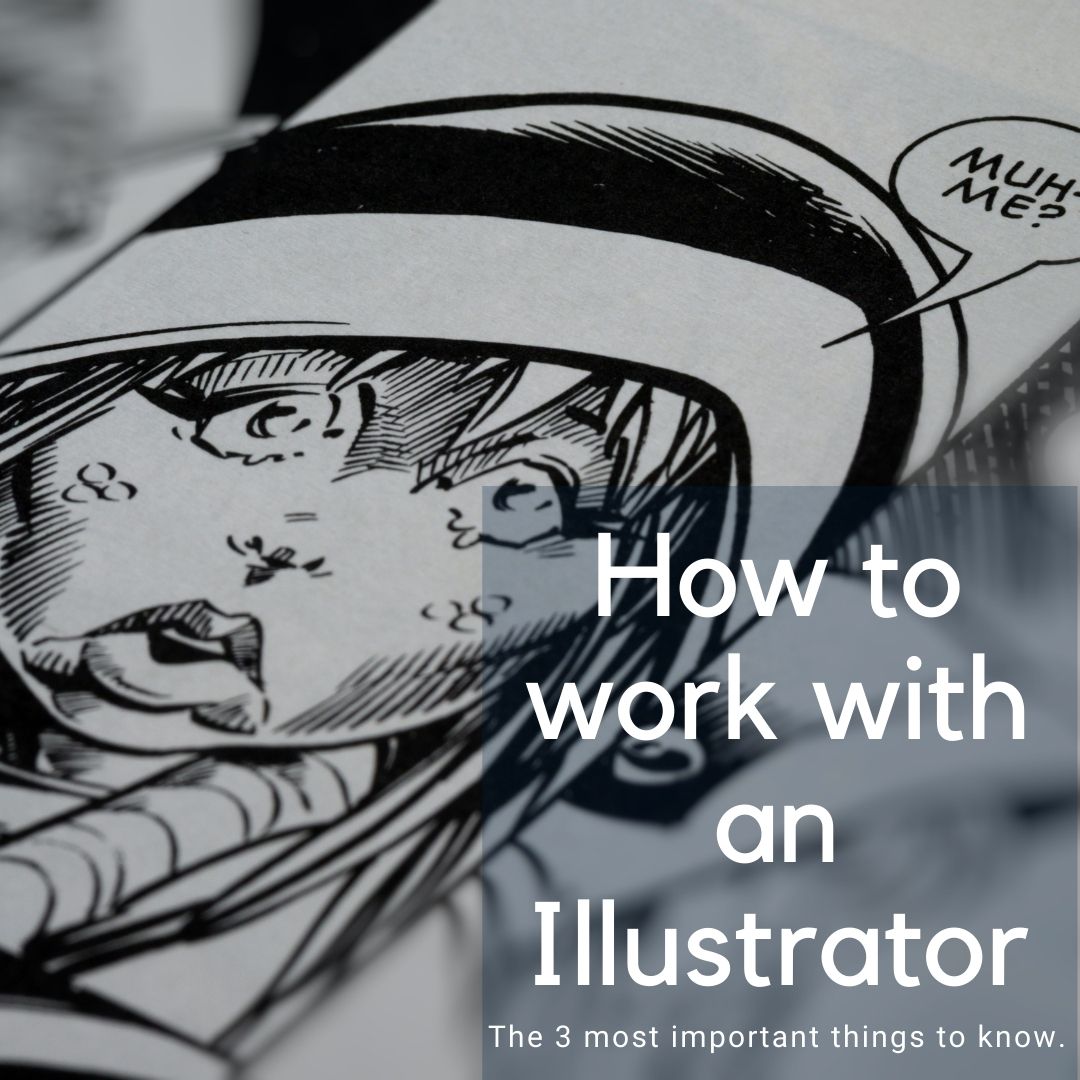Graphic novels! They’re all the rage right now and for good reason. They usually involve tales of plucky heroes, a gang of friends, and amazing pictures to help bring the story to life. They also both require illustrators.
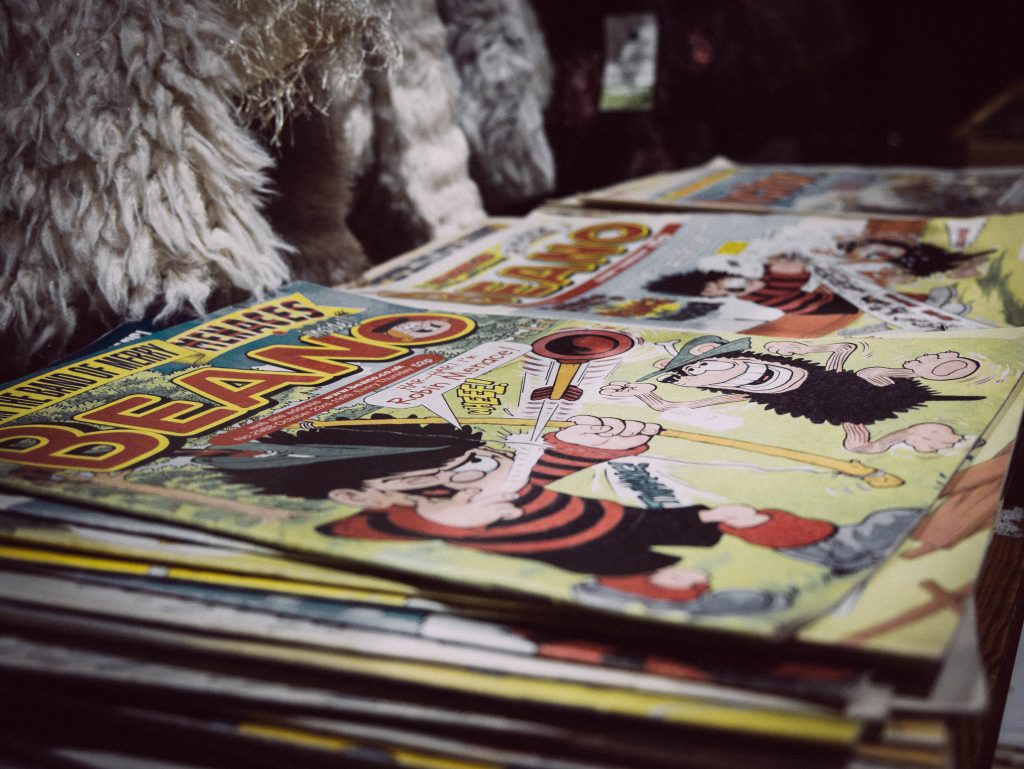
But breaking into the graphic novel world can be daunting. You may be asking questions like “What’s the difference between a novel and a graphic novel?”, “Should I find my own illustrator?”, and “What will an illustrator expect from me as the author?”
Never fear, intrepid writer, we have the answers to these questions below because we understand that navigating the world of children’s literature can be difficult.
What’s the Difference Between a Novel and a Graphic Novel?
The primary difference between a novel and a graphic novel is structure. Graphic novels are primarily written in panels with the art doing a lot of the heavy lifting. Some have less, like Baby-Sitter’s Club, while others are heavily paneled like Dog Man, but they’re all there.
Paneling will take some novel-writers time to adjust to. It’s the process of breaking down a story into chunks of text and turning all that lovely imagery, symbolism, and world-building into notes for the illustrator. Relinquishing some of the story to another artist can be scary. But if you know how to communicate with an illustrator properly, your vision should still come through in the end.
A note here, for those who are curious. A primary difference between Graphic Novels and Comics is also the paneling. Comics rely almost solely on the pictures and avoid large chunks of texts. Graphic novels are less structured and allow for more narrative. And while graphic novels and comics skew heavily toward middle-grade, there is a healthy young adult and adult market for them as well.
Should I Find My Own Illustrator?
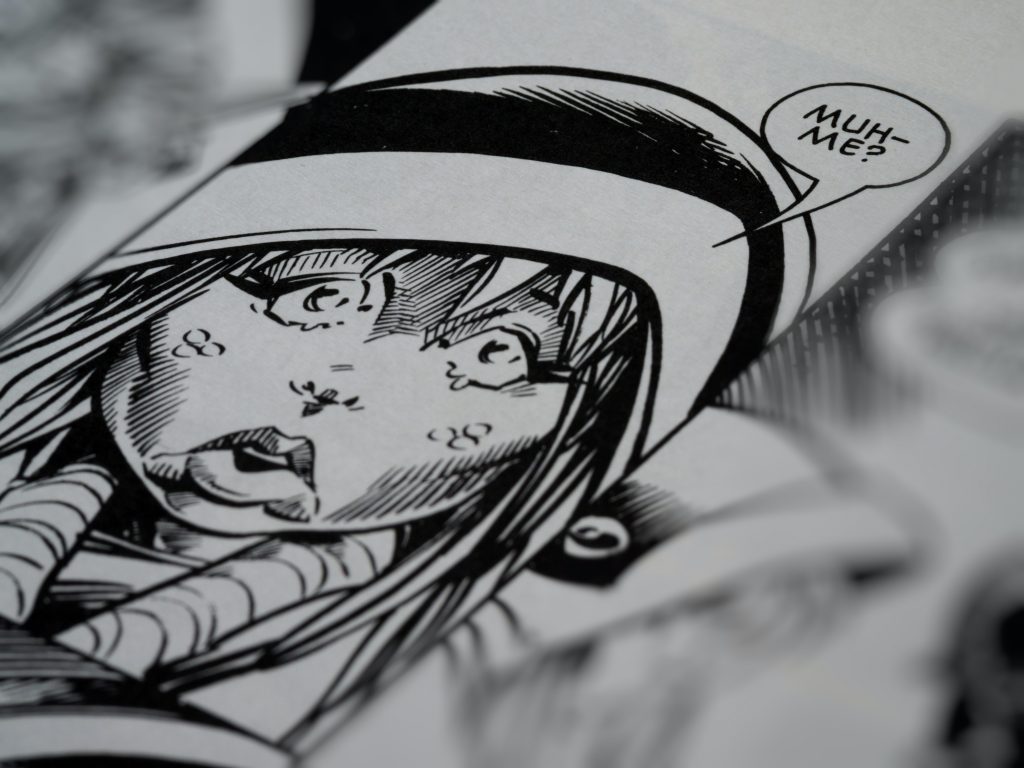
Great question! This can depend largely on how you approach the process altogether. Mainly, do you plan to submit to a traditional publisher and/or agent before or after you’ve mocked up some of the first chapters?
What’s the difference?
A publisher or agent will have to connect you with an illustrator if you don’t come with one. This means you’ll most likely have less say in the end result. If you’re looking for a specific style for your project, it may work to your advantage to line up an illustrator beforehand and have a few mock-ups ready. If you aren’t too picky with how you want everything to look in the end and are too nervous or hesitant to find your own illustrator, then having a publisher or agent help you find one may be best.
Also, make sure you check the submission guidelines of the agencies you want to submit to. Some will only accept authors, and others are more than willing to accept teams. Make sure you follow the rules so your submission doesn’t get tossed!
How Do I Write Instructions for an Illustrator?
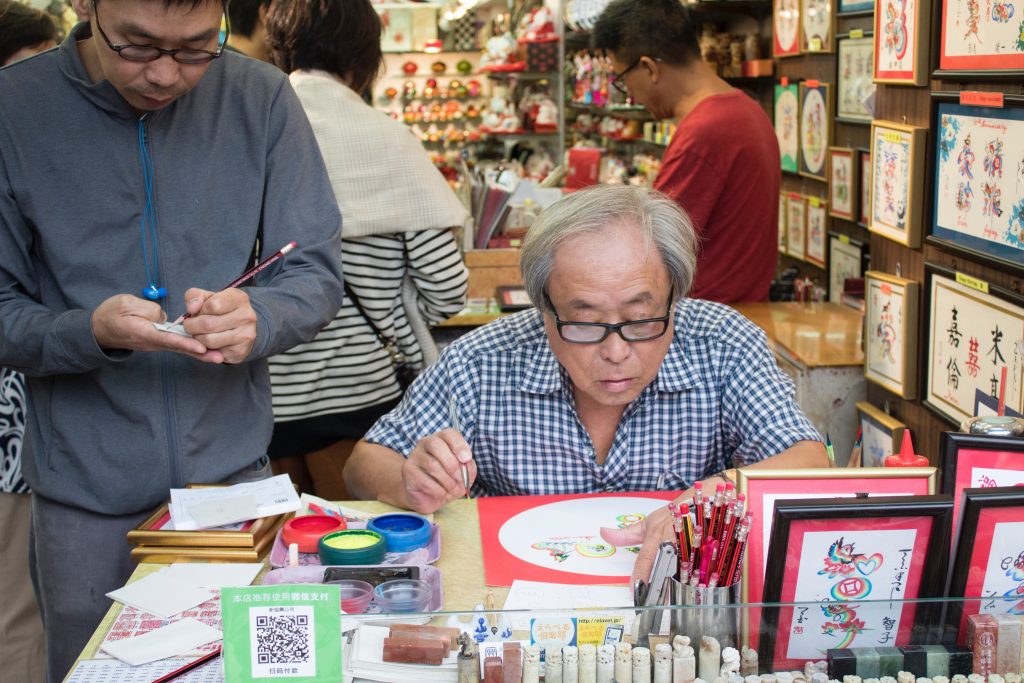
As an example, take a look at the text below.
Cindy Mae strolled down the street, a kick in her step as she whistled to herself. Her ponytail swung sharply behind her and her hands relaxed in her pockets. The flowers bloomed in pinks and oranges, petals open wide to welcome the bright sun of spring. She smirked to herself, chin raised and eyes resolute. Nothing was going to get in her way.
This may work perfectly well for a novel about dear Cindy Mae and the trouble you know is just a few steps away, but it’s not what an illustrator is looking for.
Why not? The picture’s painted delightfully in the text above. Can’t the illustrator just draw it?
Technically, yes…
But that isn’t fair to your illustrator and is guaranteed to cause conflict down the road. Here are some of the questions you’ll be dumping in your illustrator’s lap:

Examples of Questions Illustrators Might Ask an Author.
- How long is her ponytail? Does it spring in coils or sway in straight lines?
- What’s she wearing, aside from pockets?
- How wide is the street? Is it a neighborhood? A city?
- What time of day is it?
- Where are the flowers? On the side of the road? In a field? Pots? A cutely crafted boot?
- Is it a happy smirk? Or a smug one?
- Is the last line going in text? If so, where? Top corner? Bottom? In a thought bubble?
In addition, they may have more artistic questions like:
- How detailed do you want the scenery in your pictures?
- How heavily colored do you want everything?
- What line strokes are you looking for?
- How many panels per page is this?
- Is she whistling down the street for one panel? Over three?
- How close up do you want this shot? Or multiple shots? Zooming in slowly, or staying distant or none of the above?
I could go on, but the point is made. Yes, there will be artistic license taken by the illustrator, (they are creators too) but vague directions will leave them frustrated when they render their version of your vision and you tell them they got it all wrong. Illustrators are not some beast that needs to be tamed and wants to fight you the whole way. At least not good illustrators. They want to make you happy, to get your vision just how you like it so you smile when they present it to you.

Instead of writing your pretty passages, try framing your narrative this way:
Example of Illustrator Directions for a Graphic Novel
Panel 1: Distant shot of Cindy Mae, a soft 9-year-old girl with curly-Q red hair and dark freckles over light skin is skipping down a street. Loose t-shirt with a unicorn, blue jeans, tennis shoes. One hand is tucked in her pocket. It’s a 1970’s suburban neighborhood setting around noon. Black asphalt. Flowers of pink and orange in full bloom in the garden beds in front of quaint but cookie-cutter houses.
Panel 2: Closer shot of Cindy Mae, her face with full cheeks as she whistles, little black notes floating through the air. Eyebrows cocked and brow smooth. She looks happy and confident, her chin tilted toward the sky and her eyes bright and open wide. A line of text in the upper left-hand corner reads “Nothing’s going to stop me now.”

It sounds less poetic, yes, but you’re not writing a novel for your illustrator, you’re giving them cues. You could get even more specific and lay everything out, which would be tedious for you and your illustrator, but the point is to make sure the things that matter to the story are clear so you won’t have to pay your illustrator for multiple revisions based on a communication error. You can check out some awesome tips on how to dictate actions in the screenwriting world, like this awesome article.
Now that you have some of the basics under your belt, tie your shoes, tighten your belt buckle and try your hand at a graphic novel. You can structure the story plots and arcs the same way as a normal novel, just remember to focus on thinking in terms of pictures and panels instead of prose.
Good luck, and keep writing!
Carolyn
